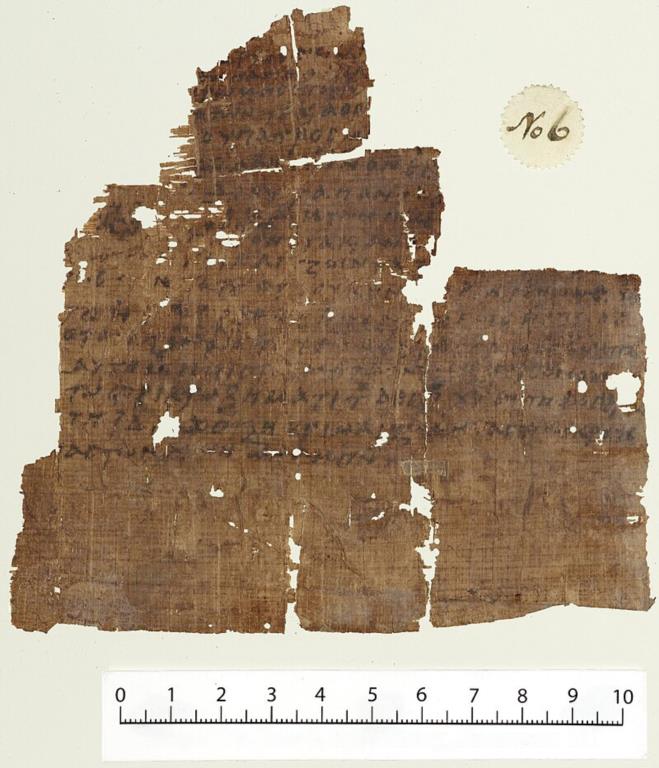
So
then, brothers, stand firm and hold to the traditions that you were taught by
us, either by our spoken word or by our letter (2 Thessalonians 2:15).
Happy 1700th
anniversary to The Nicene Creed!
Some of us grew up in traditions where creeds and confessions were treated with great suspicion. That would be a fair characterization of some of Bethel’s 100+ year history.
And
often for good reason.
By some, confessions of faith and creeds have been elevated in importance and relied on too heavily. In those situations, because of their relative brevity – creedal summaries are more to-the-point – these synopses seem more user-friendly than Scripture itself.
And
when that trust imbalance occurs, the Scripture is wrongly relegated to lesser
status.
From
my research, I can find no record of Bethel ever having a written, detailed, authorized
and published statement of faith for the first 8 decades of
its existence.
When
it was proposed in the mid-1990s that developing our own single-page Statement of Faith for the purpose of clarifying important doctrinal positions at a time of theological ambiguity, one of our deacons objected. “The Bible is our statement of faith!” he declared with conviction.
However,
creeds and confessions and statements of faith can be very useful.
Because
they are/were often composed to deal with theological errors of the time, or
provide a concise summation of precise beliefs, creeds can be useful. But that
is true only when and if they are constructed and understood in the light of what
the Bible teaches.
Therein – within the text of Holy Scripture – lies the authority of God.
And that brings us to Nicea, a Greek
city in what is today western Turkey.
There in the year 325 AD, a group of Bible
theologians was assembled in a seminal Christian church council.
Their task: to deal with the
challenge of Arianism.
Arius was an ascetic and priest born in modern-day Libya. His teaching – rendered heresy by the theologians at Nicea – was gaining traction within the Christian world.
Arianism attacked the heart of the Apostolic Gospel because Arius denied the deity – or the god-ness – of the Lord Jesus Christ.
In an effort to maintain what he saw
as classical monotheism, Arius declared
that God the Father is the God of the Bible. He envisioned Jesus – God the Son – as the first and greatest created
being.
Consequently, God the Son was neither
eternally without beginning, nor was He self-existent, or ultimately sovereign.
Arius did however, agree with Scripture that God then created everything else
through God the Son.
The attraction of Arianism is it
provided a simple understanding of Hear, O Israel: The LORD our God, the LORD is one
(Deuteronomy 6:4). It is foundational to the understanding by Jehovah’s Witnesses and Mormons of who Jesus is.
However, it ignored the fact that the Lord Jesus demonstrated His deity throughout the Gospels. He was understood to be God – not only by His disciples, but by His enemies. Their hostility – and understanding of Who He claimed to be – was evident in this text:
We are not stoning you for
any of these, replied the Jews, but for blasphemy, because you, a mere man,
claim to be God (John 10:33).
In a very Jewish manner, Jesus declared Himself to be the God of Israel, Yaweh of the Old Testament Scripture:
- He forgave sin
committed against others and God;
- He accepted
worship
- He insisted in using – and thereby evoking aggression and hostility from His adversaries – the titles Son of Man (from Daniel 7) and I AM (from Exodus 3).
And so, 17 centuries ago this year, the framers of the
Nicene creed helped define the biblical Trinity, recognizing the clear
declaration of Christ as God the Son, and His eternal impact on the Gospel:
We believe in one God, the Father Almighty, Maker of heaven and earth,
of all things visible and invisible.
And in one Lord Jesus Christ, the only-begotten Son of God, begotten of
His Father before all worlds; God of God, Light of Light, very God of very God;
begotten, not made, being of one substance with the Father, by whom all things
were made; Who, for us men and for our salvation, came down from heaven, and
was incarnate by the Holy Spirit of the virgin Mary, and was made man; and was
crucified also for us under Pontius Pilate; He suffered and was buried; and the
third day He rose again, according to the Scriptures; and ascended into heaven,
and is seated at the right hand of the Father; and He shall come again, with
glory, to judge both the living and the dead; Whose kingdom shall have no end.
And we believe in the Holy Spirit, the Lord and Giver of Life; who
proceeds from the Father and the Son; who with the Father and the Son together
is worshiped and glorified; who spoke by the prophets. And we believe in one
holy catholic* and apostolic church. We acknowledge one baptism for the remission
of sins; and we look for the resurrection of the dead, and the life of the
world to come. Amen.
*The word “catholic” refers to the universal church.
~graphic
from Wikipedia.org